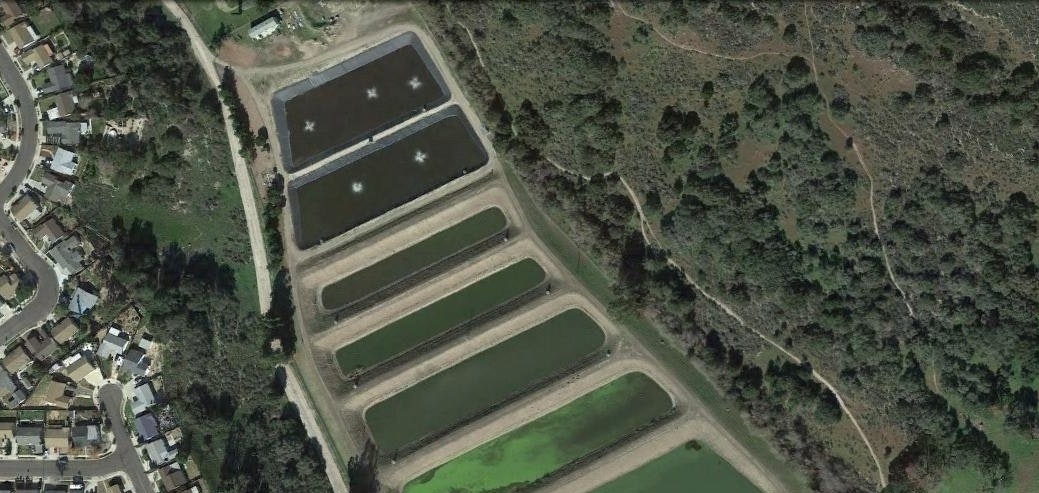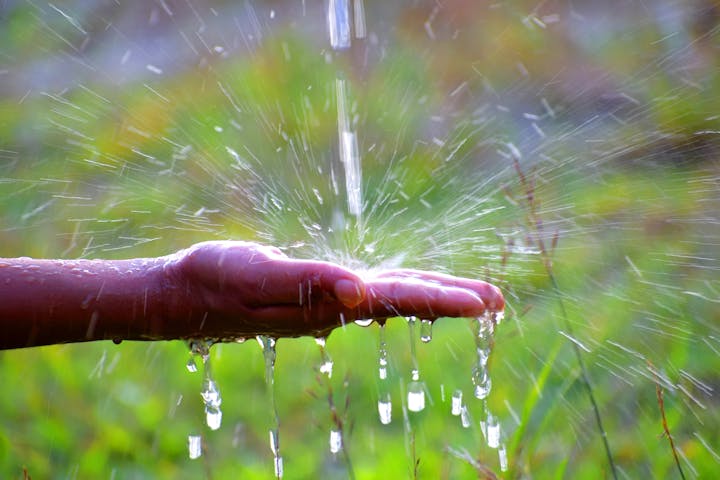Wastewater Operations

The following is a brief description of how the wastewater is processed, treated and disposed of through the wastewater plant.
The waste water system removes waste water from the homes via the 30.5 miles of various sized transport piping, called the wastewater collection system.
- In Mission Hills, the waste material flows by gravity to the waste treatment plant.
- In Mesa Oaks, the Bluffs, and Lane’s End the waste material flows from the homes via gravity to the Purisima pumping station, then pumped into a forced main (transport system that is under pressure) into the waste water treatment plant.
The waste water treatment plant consists of a headworks system, solid waste removal system and seven (7) treatment ponds.
- The function of the headworks is to consolidate the waste received from the gravity drain system and monitor the flows.
- The solid waste removal system is the preliminary treatment process. Macerators grind the larger particles into smaller pieces to enhance treatment and remove any solid materials that may have been put into the system.
- The seven (7) treatment ponds provide the actual cleaning of the waste water. The first two lined ponds provide a means for the solid material to settle to the bottom of the ponds. Treatment is assisted by introducing air and allowing the enzymes to reduce the volume of the waste material. As the solid material settles out of the water, the clear water is gravity flowed into the next treatment pond. This continues throughout the remaining five (5) ponds. Ponds 3 through 7, also known as percolation and evaporation ponds, provide ground water recharge to the Upland aquifer. The entire wastewater treatment process is completed by natural biological activity and supply a habitat for many duck and bird species.
Standards for Sewer Mains
Download the following document for information about our standards for sewer mains within the district.

Standards for Sewer Mains
MHCSD_Sewer_Standards.pdf


